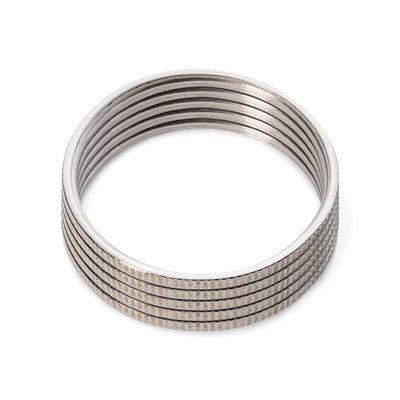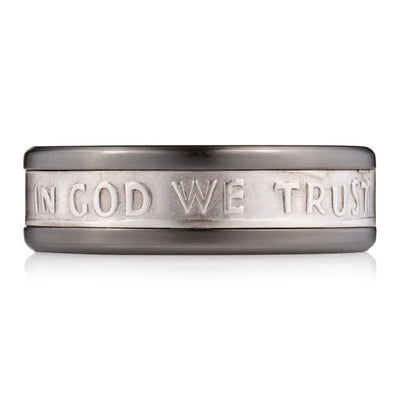When it comes to wearable art, few artifacts have as rich and varied a history as coin rings. These unique pieces of jewelry, made from everyday currency, carry a weighty significance that far surpasses their monetary value. They represent a convergence of culture, history, and personal expression, encapsulating the very essence of human creativity and resourcefulness.
A Historical Journey
Coin rings have a history that is as intricate as the designs often imprinted on the coins from which they are made. Their roots can be traced back to periods of great turmoil, particularly during World War I and II, where soldiers stationed in trenches or prisoners of war crafted these as tokens of love, commitment, and memory of home. This type of craftsmanship was then, and is often still today, referred to as "trench art."
These individuals, armed with little more than time and the sparse resources available to them, repurposed coins into unique symbols of hope and connection. Most notably, they used an everyday spoon to tap the edge of the coin, slowly but surely manipulating the metal into a ring shape. The simplicity of the tools juxtaposed against the complexity of the resulting jewelry speaks volumes about the resilience and adaptability of the human spirit.
Coin Ring Making: A Dance of Patience and Precision
The technique of transforming a coin into a ring, especially using a spoon, requires a careful balance of patience and precision. The process begins with selecting a coin – often one with personal significance or an aesthetically pleasing design. The coin is then drilled in the center, and the tedious process of shaping begins. The entire process can take many hours to complete!
The maker gently taps the edge of the coin with a spoon, working slowly and evenly around the circumference. As the tapping continues, the coin’s edge begins to mushroom out and down, forming a circular band. Over time, and with persistent effort, the coin evolves from a flat disk to a curved ring.
It’s worth noting that the spoon's role in this process is more than just a tool; it’s a testament to the resourcefulness of the original coin ring makers. Using an item as common as a spoon demonstrates that beauty and sentiment can emerge even from the most mundane and unexpected sources.
Double-Sided Coin Rings: The Modern Take
Fast forward to today, and the craft of making coin rings has not only survived but has evolved and flourished, especially with the advent of the Double-Sided Coin Ring. This modern variation allows for the showcasing of both sides of the coin, maintaining the original coin design's integrity while adding a touch of innovative flair.
The double-sided coin rings offer a new level of customization and personalization. They allow the wearer to showcase their unique style while holding onto a piece of history, or perhaps, a memento of personal significance.
The Legacy of Coin Rings
The history and evolution of coin rings serve as a reminder that even in periods of hardship and adversity, creativity finds a way to bloom. They are more than just pieces of jewelry; they are symbols of human endurance, telling a story of resilience, love, and the enduring power of creativity.
So, whether it's a vintage coin ring made with a spoon in the trenches or a modern, double-sided coin ring crafted with contemporary tools, these pieces represent an art form that has endured through time and adversity. As we continue to appreciate and evolve this craft, we carry forward a piece of history that is deeply interwoven with the human spirit and the desire to create beauty, no matter the circumstances.



